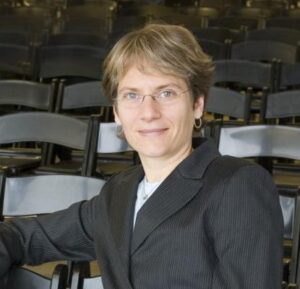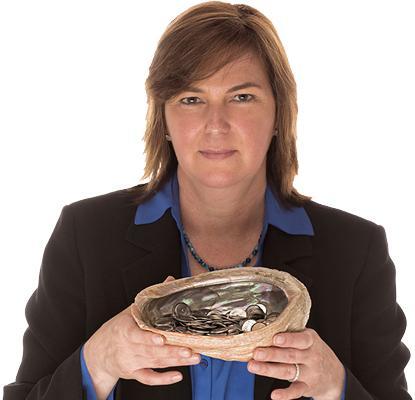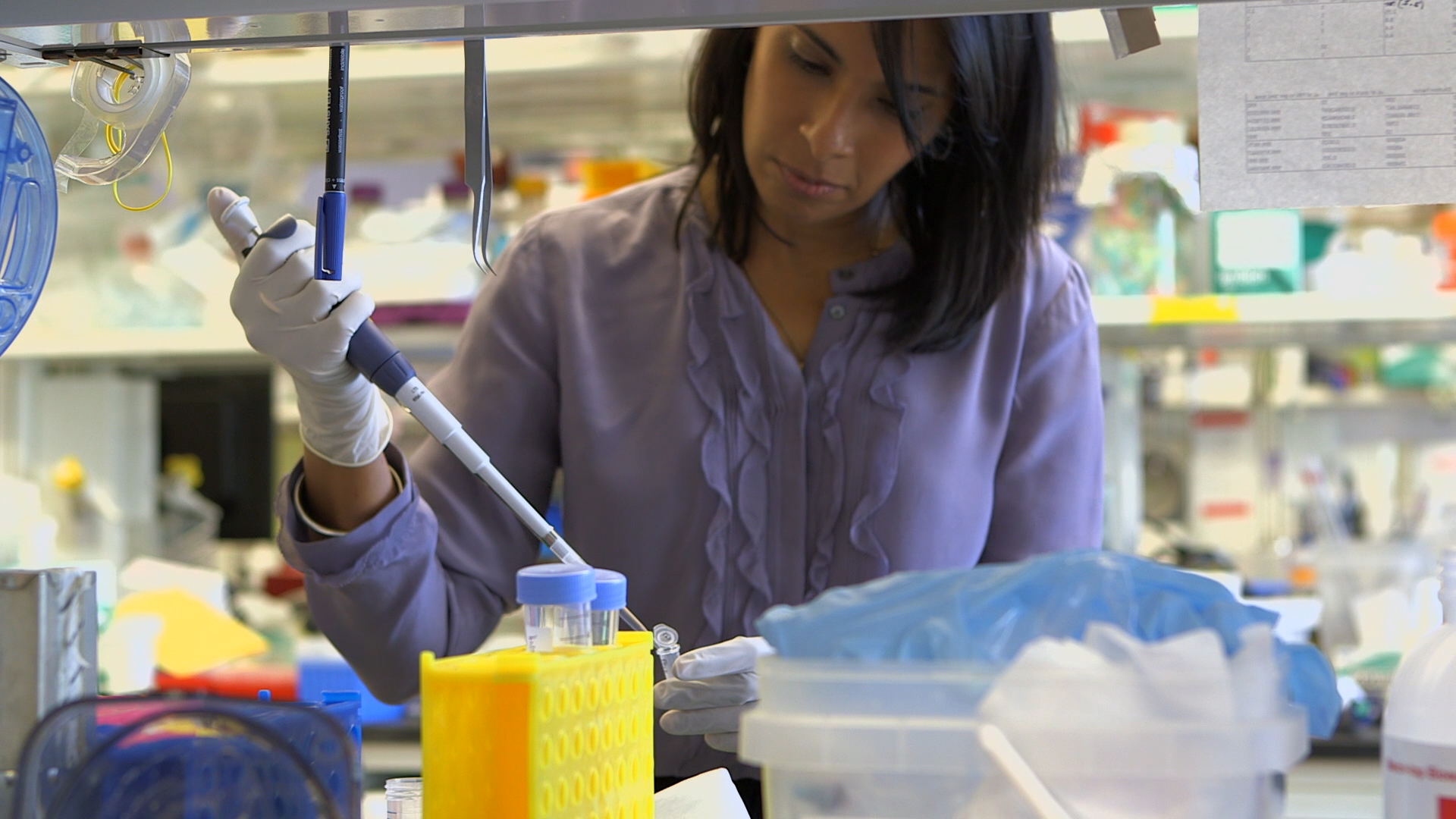To celebrate Women’s History Month, we’re spotlighting the groundbreaking accomplishments of three women whose work is helping advance human health care.
The good news: The number of women inventors is increasing. The not-as-good news: Only about 17% of inventors worldwide are women, according to a report published by World Intellectual Property Indicators. In the United States, women comprise just 12 percent of all patent-holding inventors and own fewer than 10 percent of technology startups backed by venture capital, and women founders receive a meager 2.7 percent of all venture capital.
As we continue to shine a light on these deficits — and work to eliminate them — The Lemelson Foundation is profiling three women Lemelson-MIT Prize Winners in celebration of Women’s History Month. These women have pushed beyond boundaries, founded or cofounded numerous companies, and are inspiring students of all ages and backgrounds to see themselves as potential inventors. Together, they hold hundreds of patents.

Stanford chemical biologist Carolyn Bertozzi studies the sugar molecules on cell surfaces and her pioneering methods have led to advances in cancer treatment and other biotherapeutics. In the process, she’s helped establish an entirely new scientific field called bioorthogonal chemistry, which uses chemical reactions in living systems to enable molecular imaging and drug targeting.

In Boston, Sangeeta Bhatia is paving the way for legions of young women interested in STEM. An MIT professor, physician and engineer, Bhatia uses microtechnology to improve human health. Her lab at MIT focuses specifically on cancer and liver disease, and building inventions that help in the detection and treatment of both. In 2020, she became one of only 25 people who have ever been elected to all three National Academies – Science, Engineering and Medicine.

And also at MIT, Angela Belcher is working on developing new materials inspired by biomimicry of ancient organisms, ones that are durable and environmentally friendly. She is also focused on cancer research, creating new nanomaterials that could actually seek out cancer cells and help doctors detect conditions like ovarian cancer at a much earlier stage.
Each of these inventors is committed to mentoring and encouraging young women to pursue STEM careers. According to Bhatia, young girls start to drop out of STEM as early as age 11. It’s a phenomenon she refers to as the “leaky pipeline,” and it continues through college. “One thing that we’ve learned,” she says, “is that having accessible role models — women further along in the pipeline who managed to make it work and seem to be enjoying it — can really make a difference.”
Bhatia, as well as Bertozzi and Belcher, are three such women who are making a difference.
Learn more about the social and economic impact of invention through the RAND report “Measuring the Value of Invention,” documenting twenty-five years of the Lemelson-MIT (LMIT) Prize.

